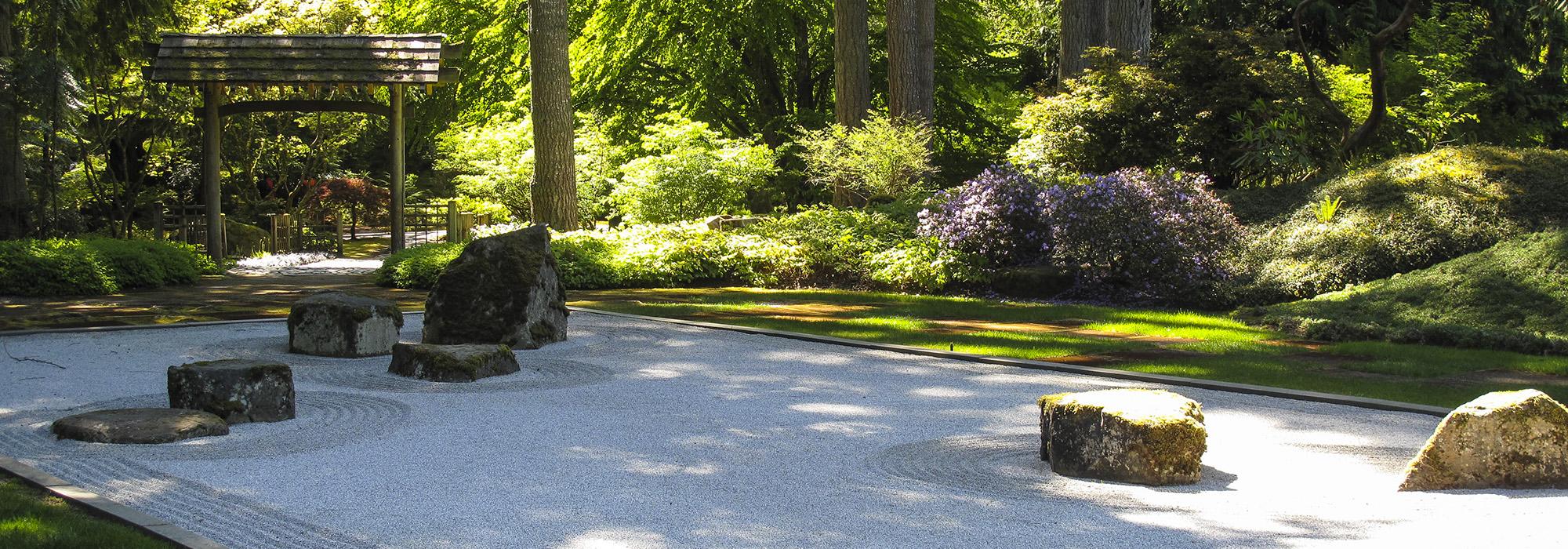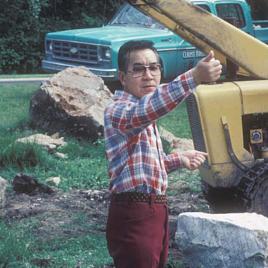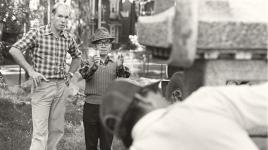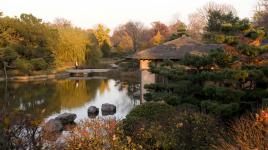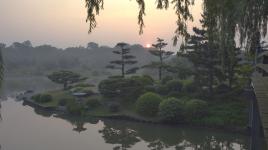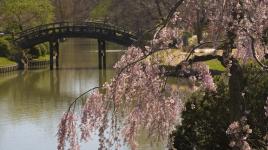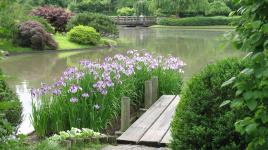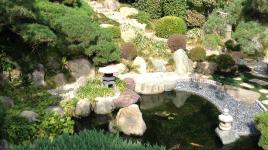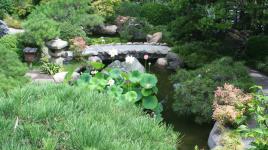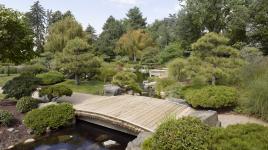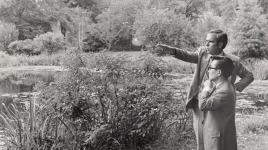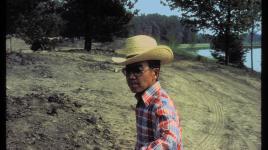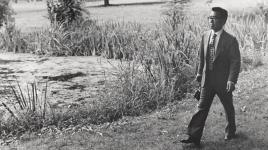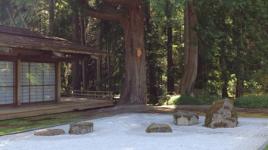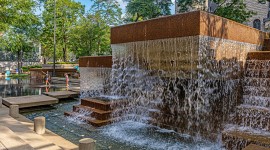Pioneer Information
Born in Hokkaido, Japan, Kawana received a B.S. in 1951 from Yokohama Municipal University. He earned an M.S. in political science and an M.F.A. in environmental design from the University of California, Los Angeles, in 1959 and 1964, respectively. In 1979, he received his Ph.D. in landscape architecture from Pacific Western University. A multi-talented artist, he was a garden designer, architect, writer, poet, and painter who displayed a deep sensitivity toward traditional Japanese design principles and aesthetics.
Pioneering the design of traditional Japanese gardens that used an area’s native plant materials, Kawana designed the Shofu-en at the Denver Botanic Gardens; the Japanese Pavilion garden at the Los Angeles County Museum of Art; and the Stone garden at Bloedel Reserve, Bainbridge Island, Washington, among others. For more than twenty years he designed and oversaw construction of the 14-acre Seiwa-en or "garden of pure, clear harmony and peace," at the Missouri Botanical Garden, St. Louis. Kawana was also a professor and lecturer on Japanese landscape architecture, art, and design for over 24 years. Among other awards, he received the Victor M. Carter Diamond Award, the highest honor of the Japan America Society of Southern California, given to the person who has done the most to perpetuate friendship and understanding between the people of Japan and the United States.



